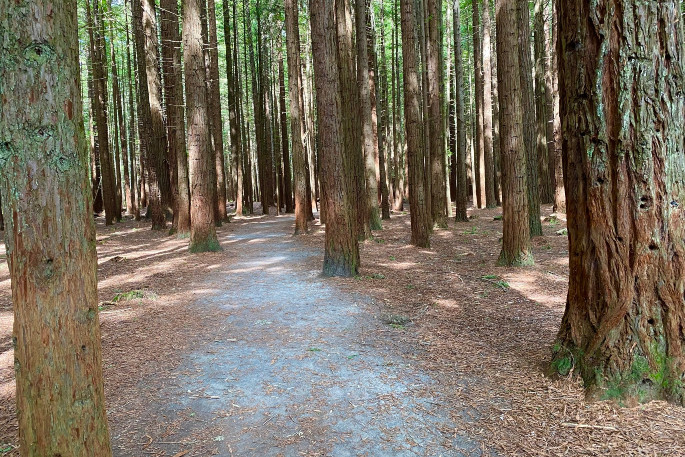An ambitious new project aims to re-plant and restore at least 2.1 million hectares of native forest over the next 10 years.
Recloaking Papatūānuku has won the attention of government ministers, with the Labour Party's pre-election climate manifesto promising $30 million from pollution levies in the Climate Emergency Response Fund to plant, protect and restore indigenous forests on Department of Conservation land.
But that was only a fraction of what could be done on both public and private land, the project's supporters say.
The Recloaking Papatūānuku project has been quietly bubbling along for 18 months, until it got some surprise publicity last week when it appeared in Labour's climate manifesto.
A week earlier, Environment Minister David Parker told a conference in Auckland he was interested in exploring whether it could meet New Zealand's whole 2030 climate target.
Rob Morrison, chairperson of Pure Advantage, one of two groups backing the scheme (along with Tāne's Trees Trust), said the project was still a work in progress, and, while it could not meet the whole Paris target, it could certainly make a dent.
The ultimate aim was to restore 5 million hectares - almost a fifth of the country - to healthy forest, through a mix of planting new seedlings, regenerating scrubland, and better protecting old-growth forests.
The concept started in Tai Rāwhiti, after devastating storms saw slash from plantation pines destroy homes and bridges. The same region was devastated by Cyclone Bola in the 1980s, and iwi and other residents now want to urgently protect their slopes from slips.
Morrison said research showed New Zealand's temperate forest was some of the densest in carbon per hectare in the world.
Instead of buying carbon credits overseas, he believed it could work out cost-competitive to nurture New Zealand's native forest instead.
Both Labour and National said they were committed to meeting New Zealand's target under the Paris Agreement, of cutting emissions 50 percent in net terms off 2005's gross total.
But decades of slow action on transport, industry and farming mean the government was expected to have to pay at least $3 billion by 2030 for about 100 million tonnes worth of carbon savings from overseas projects.
Both major politicial parties said they would rather spend the money inside New Zealand, however, so far, Climate Change Commission modelling suggests that would be more expensive than buying credits offshore.
Morrison said planting native species was costlier than planting pine, but it was worth it for flood protection, biodiversity and other benefits.
The groups were not ready to release their modelling, but early estimates suggested it could be cost-competitive with buying into overseas projects, and better for the environment, he said.
Forest and Bird chief executive Nicola Toki said New Zealand was currently losing native vegetation at a rate of about half the size of Abel Tasman National Park in a 12-year period, according to Ministry for the Environment figures.
However, she said unless planting and restoration was backed by a blitz on introduced pests, New Zealand would only be sinking taxpayer dollars into making a buffet for tree-eating mammals.
As well as speaking to Labour and Green ministers, Morrison said they have talked to the National Party, farmers, iwi and other landowners about the concept.
He said reforesting would have multiple benefits aside from absorbing carbon dioxide, such as making homes for native birds and catching rain in upper catchments, protecting the land downstream from severe floods.
One open question was how much reforesting could absorb towards the 2030 climate target, during the next seven years.
Morrison expected to have more estimates available in the next couple of weeks.



1 comment
Shadow1
Posted on 06-10-2023 09:49 | By Shadow1
Thank goodness they have finally realised that which most of us have known for years. The main way to slowing global warming is through trees. Good on them for that. Now NZ must try to influence the rest of the world to replant Earths major forests, the Amazon and the Congo. Next is to lower the global population. Eight billion people is too much for nature to handle.
Leave a Comment
You must be logged in to make a comment.